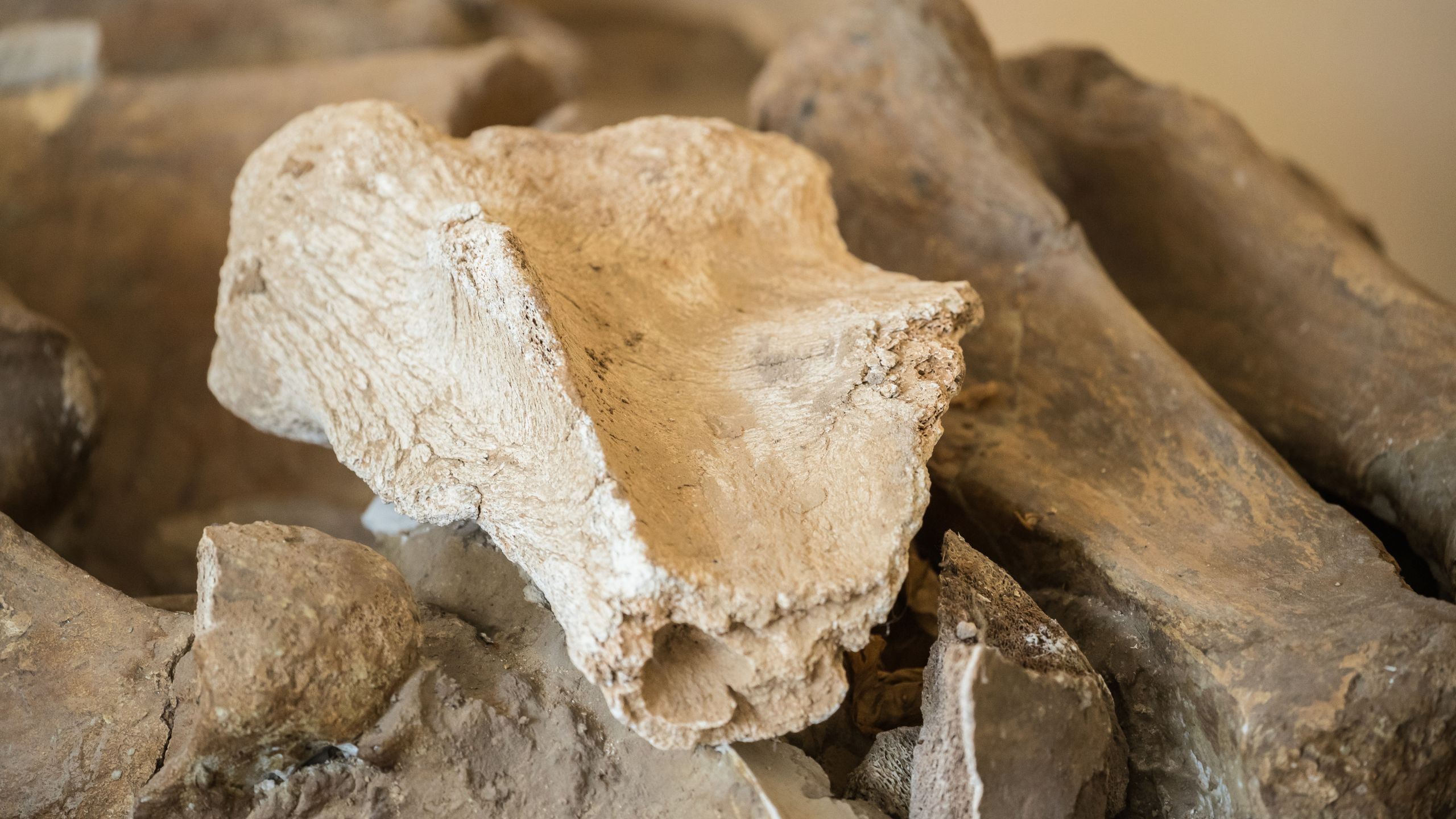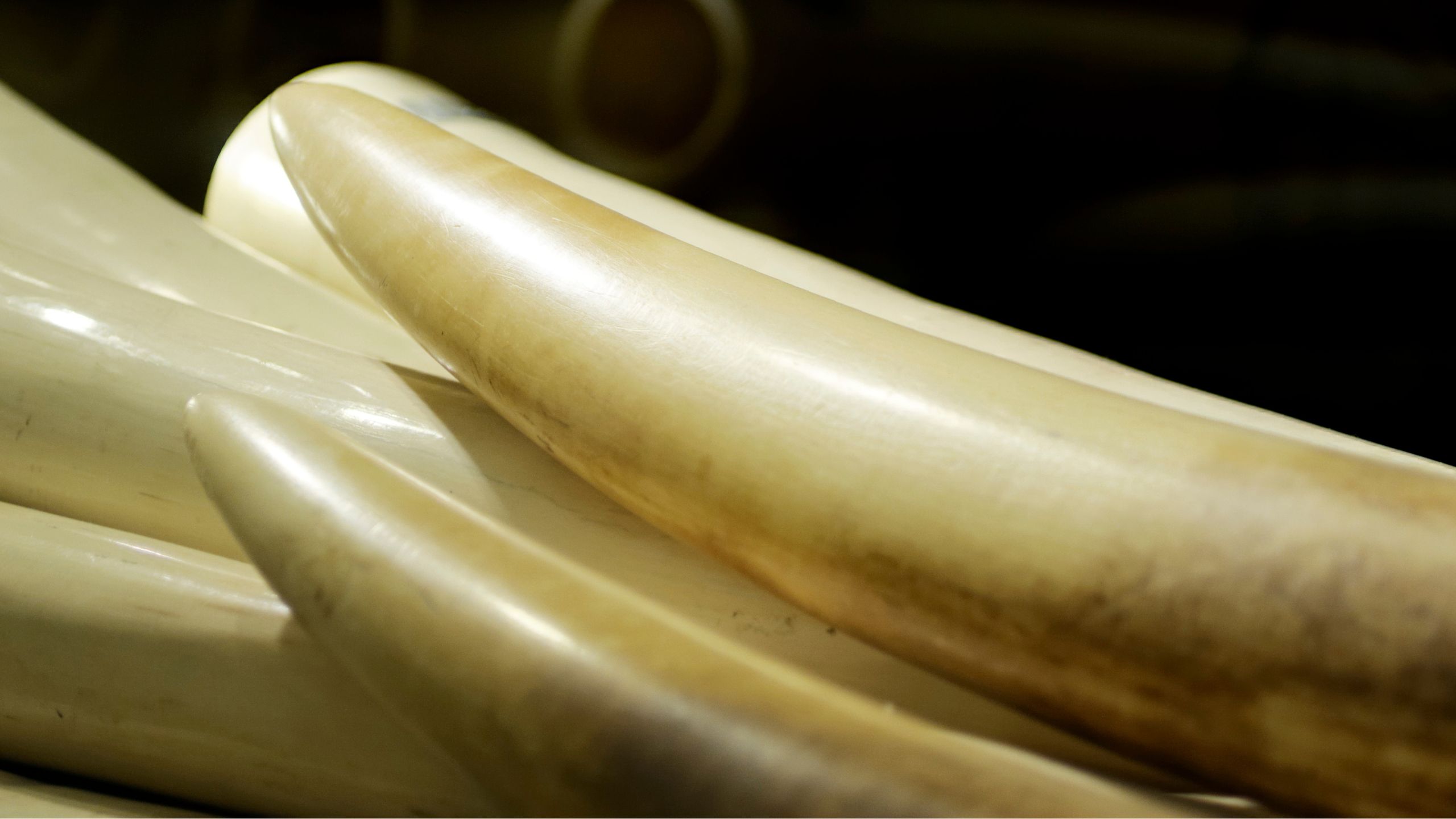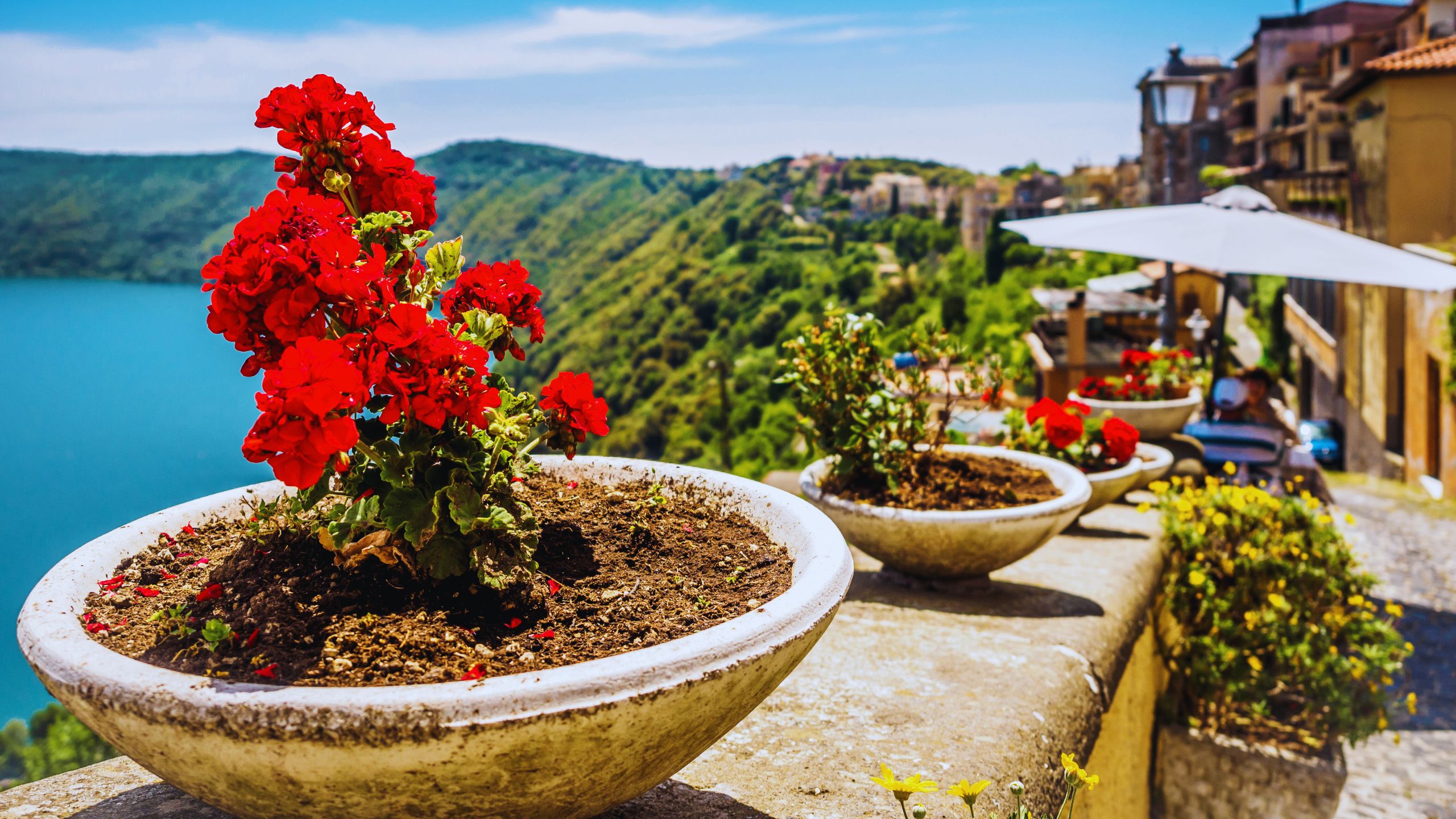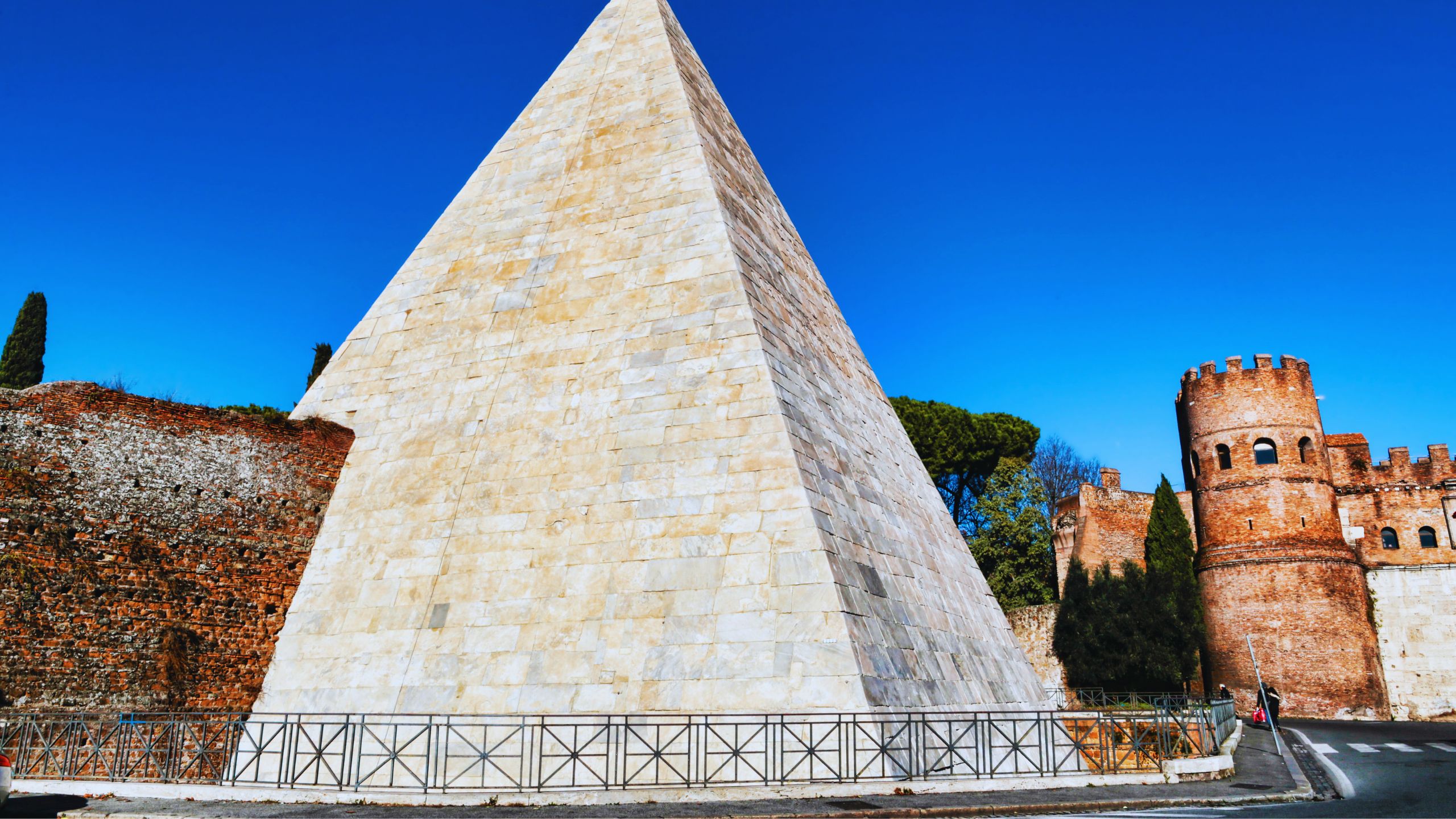Secrets of Rome: A Journey into Prehistory at the Casal de’ Pazzi Museum
Rome is a city shaped by overlapping eras, where the Empire and the Renaissance coexist within its stones. Yet, there are places where time stretches even further back, revealing a Rome far older than the Caesars. In the quiet residential area of Rebibbia, tucked away from the usual tourist routes, lies a surprising gem: the Casal de’ Pazzi Museum.
Rome Before Rome
This museum is one of the few urban sites in Europe where you can walk above an authentic prehistoric deposit, dating back approximately 200,000 years. Here, the city gives way to landscape, and stone yields to soil, mud, and tusks. The visit begins gently: a suspended glass walkway floats above the fossil bed of the ancient Aniene River, allowing visitors to observe the remains of the Elephas antiquus, the prehistoric elephant that once roamed the Roman plains alongside hippos, wild cattle, and giant deer. In this fragment of a lost world—discovered by chance during construction work in 1981—you can also glimpse a rare prenanderthal human skull, silent witness to one of the earliest human presences in what would one day become the Eternal City. Today, the site is fully transformed into a museum, thoughtfully curated to reveal a primordial face of Rome—one that astonishes and moves.
An Immersive Experience Between Nature and Science
The power of the Casal de’ Pazzi Museum lies not only in the fossils on display, but in its ability to narrate an entire epoch in a way that is emotional, accessible, and scientifically rigorous. After viewing the deposit itself, visitors enter an immersive room where a captivating video projection recreates the prehistoric landscape: flowing rivers, moving skies, herds gathering at the water’s edge, and ancient humans observing it all. Every detail has been carefully reconstructed to bring this lost segment of the Aniene valley back to life. But the experience doesn’t stop indoors. The Pleistocene Garden, cultivated with botanical precision and educational clarity, welcomes guests among fossil-era plants, tactile installations, and illustrated panels that explain the ecology of that distant time in a way that’s both simple and deeply engaging. Ideal for schools but just as fascinating for curious adults, this natural outdoor space invites visitors to slow down and reconnect with Rome’s natural history—far from the clamor of the city’s more famous monuments. 
When Time Becomes Art
What makes this experience truly memorable is the feeling that time isn’t linear—but spiral. As you exit the museum, your gaze is caught by Riflessi, a striking mural by artist Jerico Cabrera, which transforms the museum’s outer wall into a dreamlike landscape inspired by Pleistocene fauna and wilderness. This powerful piece of street art fuses contemporary vision with ancient memory, a perfect symbol of Rome’s uncanny ability to contain and overlap every conceivable era. In this ongoing dialogue between past and present, the museum finds its deepest meaning. A visit here is more than a cultural stop—it becomes an existential moment, challenging us to reflect on our place in the timeline of life.
How to Make the Most of Your Visit
The Casal de’ Pazzi Museum is easy to reach via Metro Line B (Rebibbia stop), followed by a short walk. Entry is free, and the visit takes about an hour—just enough for a meaningful cultural break before continuing your day in nearby urban parks or traditional neighborhood trattorias. The museum also stands out for its accessibility, offering inclusive routes, tactile materials, and a thoughtful design for visitors of all ages and abilities. In a city that is often crowded, fast, and noisy, this small museum offers a moment of profound silence and reflection—a glimpse of Rome’s oldest and most fragile self. Here, there are no columns or frescoes, but roots and bones: the very foundation of everything that came after.




